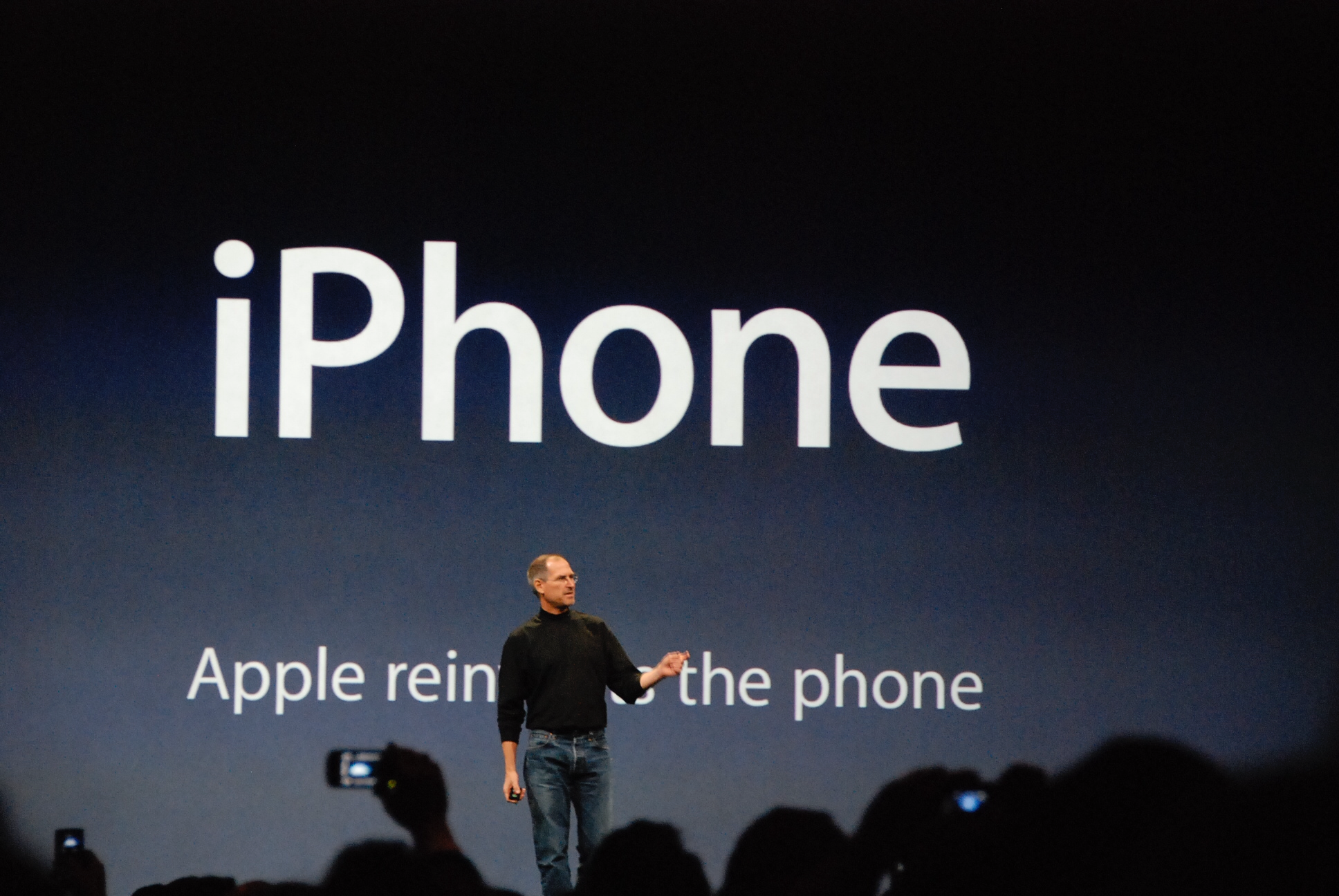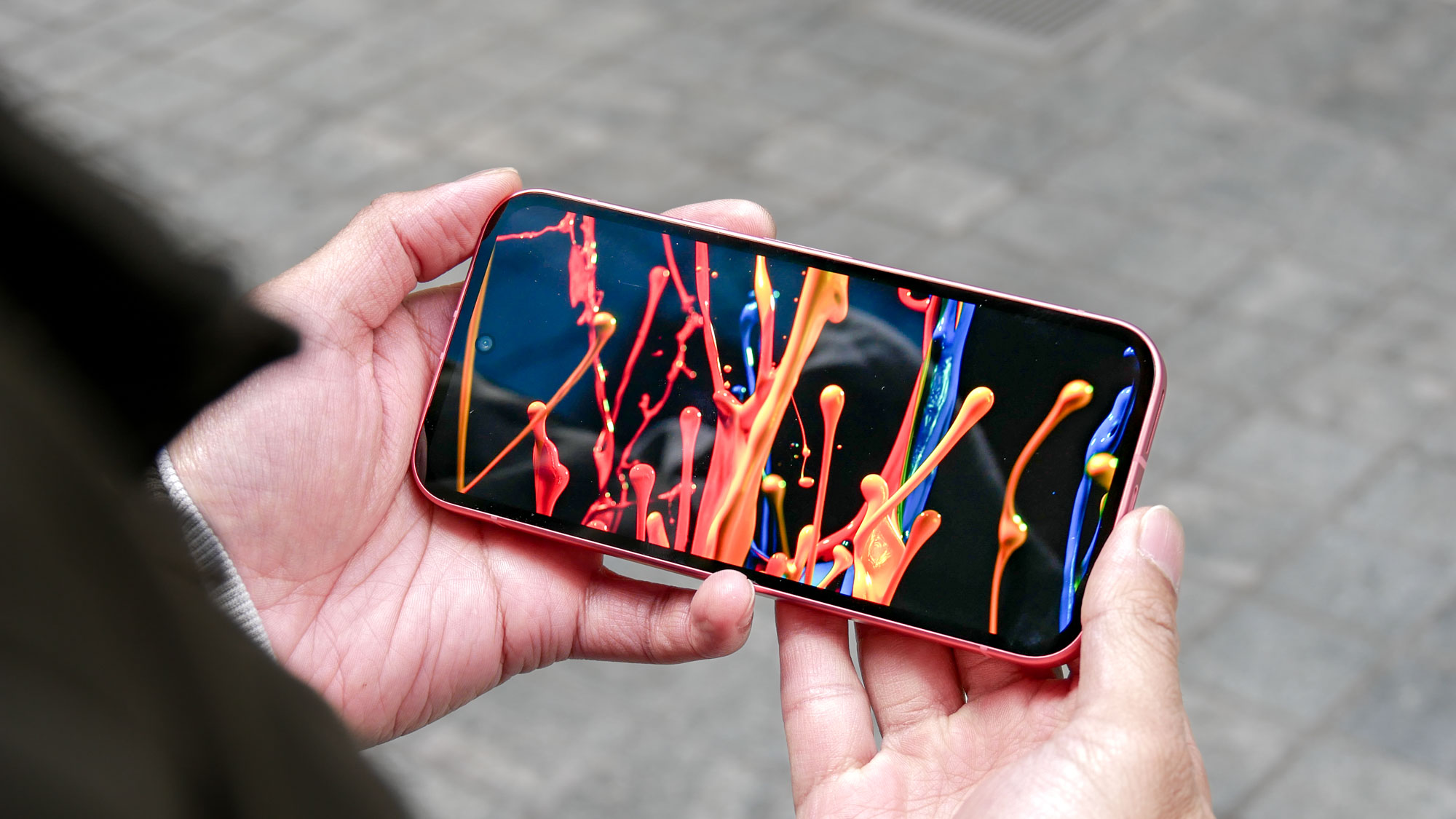How Steve Jobs Changed the Original iPhone From Plastic to Glass
The impossible made real in six months

When Steve Jobs first showed the iPhone to the world, it used a plastic screen — just like the iPod. The next day Jobs demanded that it should change to glass that didn’t exist yet — just six months (!!!) before shipping to consumers. It was mission impossible.
Think about it. It took Apple two and half years to create the iPhone, according to Jobs’ own account during the device’s January 2007 introduction. But after one day of using one of only two prototypes, Jobs wanted a fundamental part of the screen to be changed from the plastic used on the iPod screen to a glass that didn’t exist in the market.
Apple COO Jeff Williams — who will now be the ultimate guy responsible for product design at Apple, after Jony Ive's departure — tells the story in this speech announcing a new $200 million investment at Corning Glass’ factory in Harrodsburg, Kentucky.
Williams tells that the Macworld 2007 presentation was a total success. Everyone loved this thing and the media was talking about it non stop. But then Jobs called the next day. “Everything is great except one problem,” he told Williams, “I’ve been carrying this thing around and it scratched in my pocket. I don’t know if it were my keys or what, but it scratched [...] we need glass.”
The problem was that this wasn’t possible with the glass available in the market at this point. Williams explained it to Jobs: “I think that within three to four years, technology may evolve and we can do that on the phone,” he told his boss.
Jobs, as he usually did when confronted with a technological impossibility, wouldn’t accept it. “No, no, you don’t understand. When it ships in June, it needs to be glass,” Jobs replied. Williams explained to him that it wasn’t possible because any glass they tried shattered on first drop.
Jobs was relentless: “I don’t know how we are going to do it but, when it ships in June, it’s going to be glass.”
Sign up to get the BEST of Tom's Guide direct to your inbox.
Get instant access to breaking news, the hottest reviews, great deals and helpful tips.
Williams says that the next day he got a call from someone at Corning Glass, saying that Jobs had called them saying that their glass sucked. But there was a glimmer of hope: the company had an experimental glass sitting on a shelf at their R&D lab. Perhaps this glass, Corning told Williams, could be put into production and used for the iPhone.
As Williams described, it was a “Hail Mary” move. With only six months ahead before the phone reached stores, it was almost impossible. But Apple — and Corning — took the risk and it changed our idea of phone and expectations forever. Now, many generations later, every phone and their uncle uses this type of hardened Gorilla glass.
Jesus Diaz founded the new Sploid for Gawker Media after seven years working at Gizmodo, where he helmed the lost-in-a-bar iPhone 4 story and wrote old angry man rants, among other things. He's a creative director, screenwriter, and producer at The Magic Sauce, and currently writes for Fast Company and Tom's Guide.

